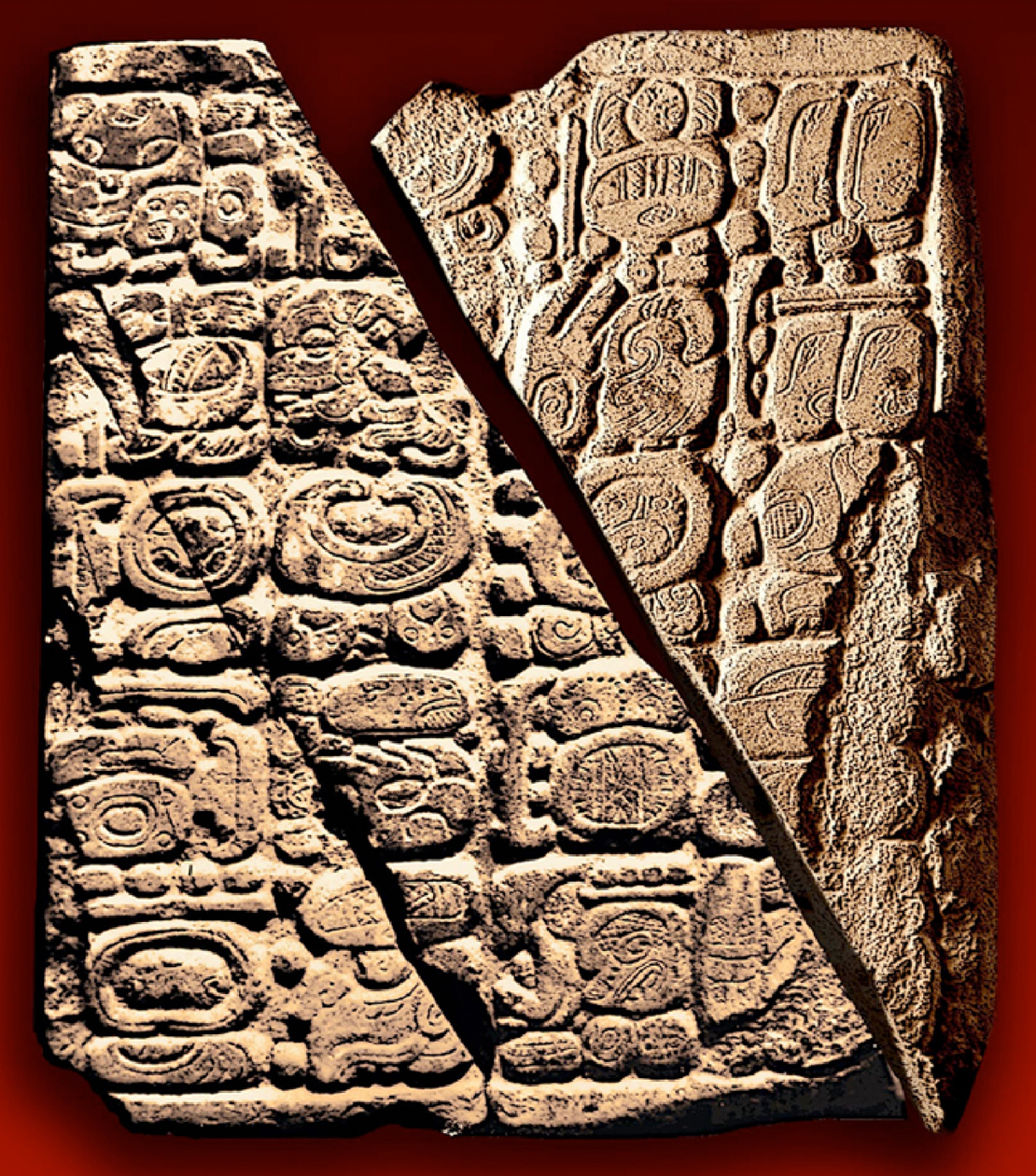As we all can see and feel, the world did not come into an end on Winter Solstice. I find this fascination with the end of the world very interesting – not the least because there is an instance of declared apocalypse in my family history. Or not really MY family history, but in the history of my family’s home village, a religiously lively place near Jyväskylä in Finland.
Our village got into the world news in the 1930s when a woman who preached in her sleep declared that the world was nigh and the end was here. Although it wasn’t – even if the predicted event reached allegedly the New York Times. The frenzy of the wait resulted with people selling their worldly possessions and the disappointment of the righteous not being pulled to the heavens. This was aggravated by the in-fighting in the village in the aftermath due to the half of the village losing their property and the other half gaining real bargains. These scenes have been relived many times in different communities across the world when panic and hysteria spreads in the wake of the end – that does not come.
This Mayan Apocalypse was interesting, because it was made an event. Some people truly believed in the end of the world – such is the character of a true belief. However, Mexican Tourist Board did brisk business with the official event at Chichen Itza and tourists pouring in. The ethnic Mayans knew that their ancestors had not predicted an end of the world but just a beginning of a new cycle in a cyclical calendar. They were not anxious, but happy to get a full audience at Tikal for a tourist extravaganza.
Apparently there is only one fragment that tells about the end of the 13th Bak'tun period. The close of each Bak'tun period occurs once in 5125 years. The last time a Bak'tun period ended was at the beginning of the current Maya era on August 11 in 3114 BC and the end of the 13th period coincided with December 21, 2012. Callaway and Stuart, two Mayan experts quoted by adjunct professor Shankar Chaudhuri in the Guardian, refer to Tortuguero Monument 6, discovered in Tabasco, Mexico. This is the only text from the whole Mayan period (250AD-900AD) that refers to December 21, 2012, as the end of the Bak'tun thirteen or any kind of important date.
For obvious religious reasons, the western culture is prone to the predictions of the doomsday. After all, the Bible discusses at length the end of Times. The Revelations tell the sequence of the things as it is supposed to happen from the Christian point of view. However, all kinds of religious figures and writers have made predictions – none of them accurate so far. Nevertheless, some sections in the world have contributed to the efforts of facilitating such an end by inventing an atomic bomb and neglecting the upkeep of the nuclear power stations. I myself was drenched in the rain in the days after the Chernobyl nuclear disaster and now just wonder how much I radiate...
There is a continuous interest in the writings of Nostradamus, whose shot to the end of the world in 1999 – or at least his poems were seen in that light in our time. His Centuries, published in 1555, included encrypted references into the events in the future, interpreted to include such moments in the modern history as the rise of the Nazism and the 9/11 attacks. All intelligence can be lost in such interpretative pursuits, but he was taken up as one of the ‘authorities’ on December 2012 ‘non-event’. The twilight sources are drawn to support different preposterous arguments.


Thanks, mixed up Tikal and Chichen Itza from the news...
ReplyDelete